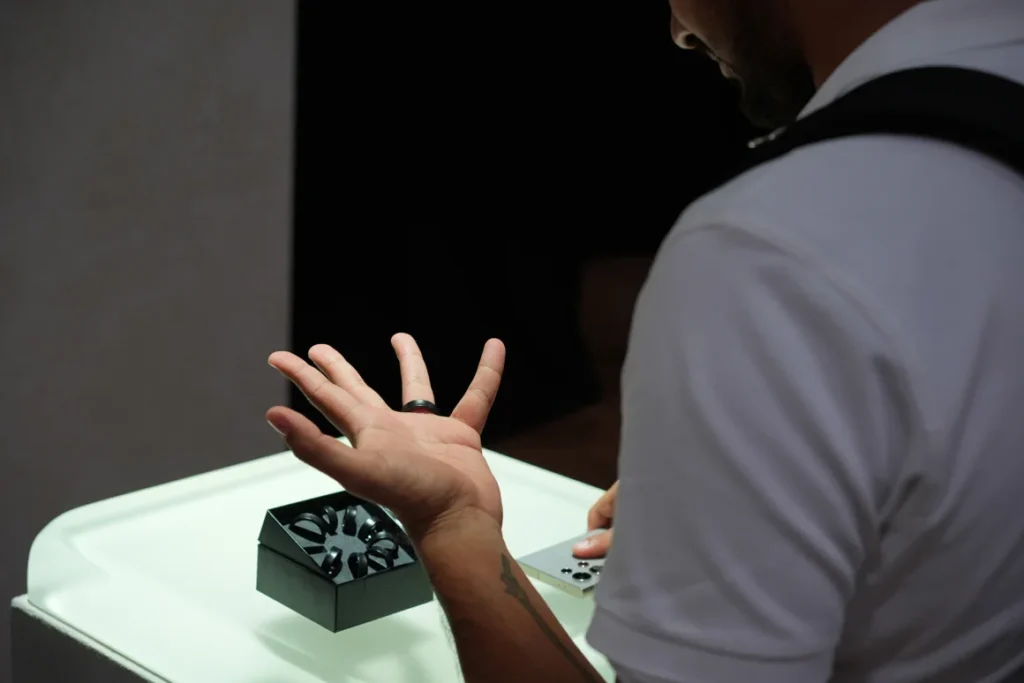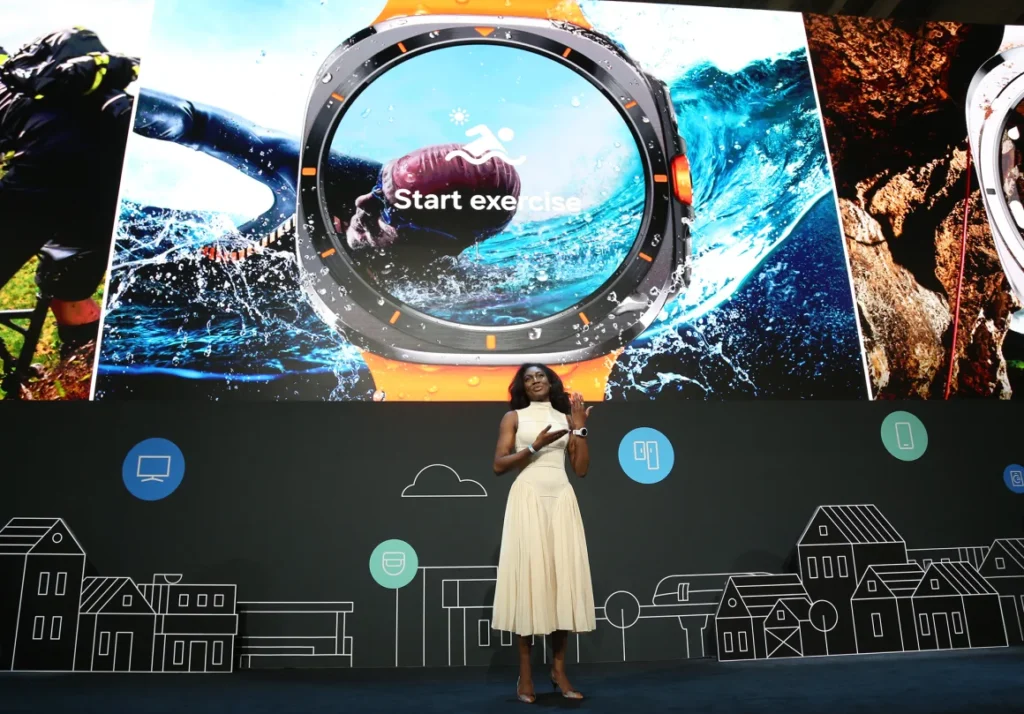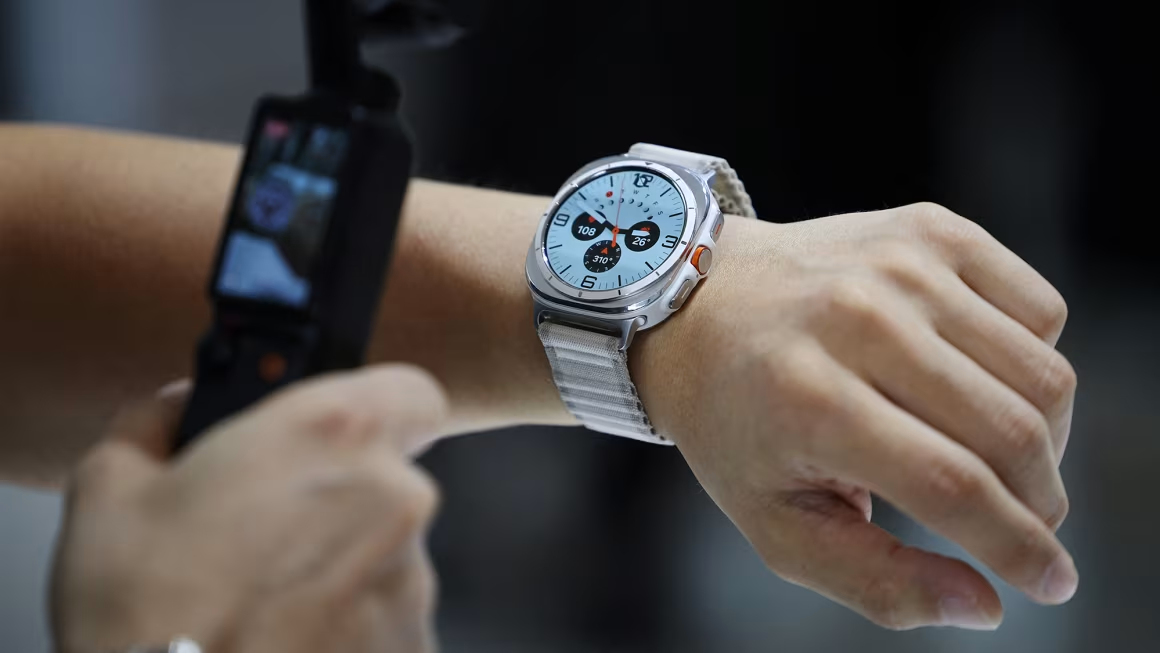As aging populations and rising medical costs reshape wellness demands, Samsung aims to outpace Apple by focusing its Galaxy Watch innovations on preventative care, AI, and aging-in-place solutions.
In an era of rising healthcare costs and aging demographics, Samsung is recalibrating its digital health strategy to stake a stronger claim in the wearable tech market. Central to this ambition is its Galaxy Watch, which the company hopes will evolve from a fitness tracker into a proactive, at-home healthcare companion — especially for older adults hoping to “age in place.”
“You have an aging population with increasing prevalence of chronic diseases, and then you have costs going up,” said Hon Pak, vice president and head of Samsung’s digital health team, in a recent interview with CNN. “And so all of those pressures are leading to care shifting to the home — where we happen to be.”
Samsung’s newest smartwatch update, expected to launch this month in beta for Galaxy Watch 5 and newer models, reflects that shift. The upgrade introduces features aimed at prevention rather than treatment — helping users make healthier choices before problems arise. Notably, the update includes antioxidant monitoring, sleep optimization tips, and a running coach program — all built to support better aging and daily wellness routines.

The antioxidant scanner is a standout feature. By using LED light at various wavelengths, the sensor estimates levels of beta carotene — a key antioxidant found in vegetables like carrots and spinach. Though not a direct measure of vegetable intake, the data can give users insight into whether they’re getting enough nutrients. The feature underwent clinical testing to ensure its accuracy and reliability.
Preventative care is where Samsung aims to differentiate itself. While Apple remains the smartwatch market leader — claiming around 20% market share compared to Samsung’s 6%, per IDC — Samsung is betting that its ecosystem of smart home devices and AI capabilities will give it an edge in health innovation.
Pak, a physician and former chief medical officer at 3M Health Information Systems, believes Samsung can go beyond reactive health alerts by building AI into everyday wellness. “As a physician, we collect less than 1% of patient data, and we use that to make diagnostic and treatment decisions,” he said. “We don’t know if the patient’s exercising … if they are eating right.”
That’s why Samsung is also working on an AI-powered health chatbot, though Pak was tight-lipped about its release timeline. The company is also exploring AI-powered smart glasses, which may one day help with meal logging and allergen detection — even determining whether a person is eating too fast using visual cues.

Beyond devices, Samsung’s core strategy revolves around long-term lifestyle integration. The company already populates homes with smart TVs, appliances, and mobile devices — and wants to add healthcare to that mix. “It’s not a technology problem,” Pak noted. “It’s just a packaging of the technology capabilities that we have today.”
However, challenges remain. Samsung’s wearables are no longer compatible with iPhones — a move likely intended to strengthen ecosystem loyalty, but one that limits its reach. Apple users, who make up a large slice of premium tech consumers, remain off-limits for now. Still, Pak hasn’t ruled out re-opening that door. “There are active discussions, but I think no decision has been made in terms of timing,” he said.
While Apple continues to dominate wearables by positioning the Apple Watch as a must-have iPhone companion, Samsung is carving out a different path — one built around wellness, aging, and the smart home. Whether this focus on preventative health can close the gap remains to be seen, but one thing is clear: Samsung is no longer just watching the future of health tech — it’s gearing up to lead it.

















